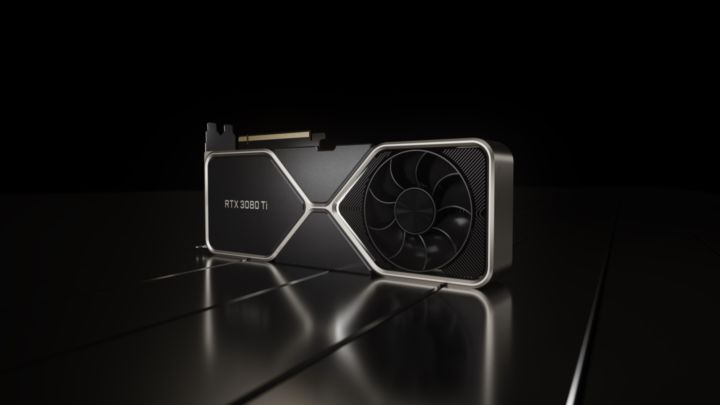The GeForce RTX 3050 graphics card has been available in a mobile version for a while now, but it was only a matter of time before technology company Nvidia announced a desktop version of its budget graphics card.
They did so earlier this month, also revealing that the card would launch on January 27, 2022.
However, the card went on sale earlier in Japan. Graphics card supplier Galakuro put out a batch of Nvidia’s GeForce RTX 3050 and they sold out quickly as was recently reported on Tom’s Hardware.
Actually, despite going for ¥50,138 Japanese yen (about $437 US dollars), available stock of Nvidia’s latest card vanished in hours after becoming available on Amazon on Friday the 14th. This is surprising taking into account that the cards were selling at a price much higher than the MSRP suggested by Nvidia, which is $249 US dollars. So the cards flew off the shelves despite selling at inflated prices then.
But of course, anyone who has been following the PC graphics card scene for the last couple of years knows that it’s been bloody difficult to get hold of a decent graphics card ever since the pandemic began in 2020.
Supply chain disruption due to COVID-19 and increasing demand for graphics cards by Bitcoin miners might have been the culprits, but it’s clear that PC gaming as a hobby is as expensive as it has ever been right now.
Nonetheless, it was expected that the GeForce RTX 3050 would be available in greater numbers being the budget, entry-level part that it is, but its launch in Japan seems to suggest that this might not be the case in the US or Europe either.
Also, there’s no news yet on when Nvidia plans to release a GeForce RTX 3050 Ti for desktops (the mobile version is available in both vanilla and Ti variants but only the non-Ti variant is available for desktops right now).
The GeForce RTX 3050 is an entry-level card which according to Nvidia’s website boasts 2560 CUDA cores (individual processing units which take care of graphics tasks) and 8 GB of GDDR6 graphics memory connected to a 128-bit bus.
The card supports ray tracing like the other cards in the RTX 30 series, and also Nvidia’s DLSS technology. DLSS (Deep Learning Super Sampling) makes use of AI to give frame rates a boost without compromising image quality according to Nvidia, letting you play at a higher resolution and frame rate than the card would normally be able to handle, so this is a particularly desirable feature for a budget card like this one.
But the thing is that, as stated earlier, the GeForce RTX 3050 is unlikely to be available at the MSRP (the manufacturer’s suggested retail price). If the card hits the likes of Amazon at $400 US dollars or higher, its price will be closer to that of a mid-range card instead of that of an entry-level graphics card like the RTX 3050 is.
This has led some to suggest that a next-gen console or a gaming laptop might be a better investment for those looking to play video games, and I am inclined to agree with this. So even if the price ends up being above expectations hopefully there will at least be plenty of cards to go around when the RTX 3050’s launch day (January 27) arrives.
GeForce series 30 graphics card (Nvidia Corporation)

